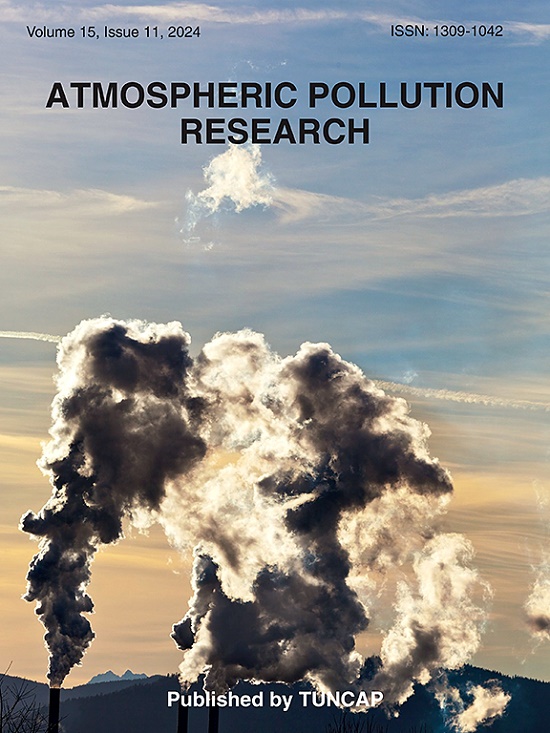Dynamicity of carbon emission and its relationship with heat extreme and green spaces in a global south tropical mega-city region
IF 3.9
3区 环境科学与生态学
Q2 ENVIRONMENTAL SCIENCES
引用次数: 0
Abstract
Assessing the dynamicity of carbon emissions (CE) and their relationship with heat extremes and green spaces in cities is crucial for sustainable urban planning and climate resilience. CE contributes to the urban heat island (UHI) effect, intensifying heat extremes that pose health risks and increase energy consumption. This research aims to examine the dynamics of CE and its relationship with heat extreme (UHI) and green spaces in Kolkata Metropolitan Area (KMA), India from 2000 to 2020 using land-use carbon emission (LCE) model. The influence of green space and extreme heat on CE was analyzed using spearman correlation analysis. The study revealed that a) green spaces decreased by 60%, while built-up area increased by 185.9% b) the mean land surface temperature (LST) rose by 28%, and areas with high and very high UHI intensity expanded by 3.9% c) CE increased by approximately 188.2%, with an average annual increase of 9.4% with the highest increase from built-up areas d) UHI intensity had a positive impact on CE whereas green space was found to have a negative impact on CE (significant at p < 0.001). Thus, green spaces play a vital role in reducing carbon levels by acting as carbon sinks and regulating urban temperatures. By analyzing their impact, cities can optimize green infrastructure to mitigate heat stress and improve air quality.

全球热带南部特大城市地区碳排放动态及其与极端高温和绿地的关系
评估碳排放的动态及其与城市极端高温和绿色空间的关系对于可持续城市规划和气候适应能力至关重要。建筑节能加剧了城市热岛效应,加剧了造成健康风险和增加能源消耗的极端高温。利用土地利用碳排放(LCE)模型,研究2000 - 2020年印度加尔各答大都市区(KMA)土地利用碳排放的动态变化及其与极端高温(UHI)和绿地的关系。采用spearman相关分析方法,分析了绿化空间和极端高温对碳排放的影响。这项研究表明,绿色空间下降了60%,而建筑面积增加了185.9% b)平均地表温度(LST)上涨了28%,和地区高和非常高的热岛强度增长3.9% c) CE增长了大约188.2%,平均每年增长9.4%增长最高的组合区域d)对CE热岛强度有一个积极的影响而绿色空间对CE(被发现有一个负面影响显著,p & lt;0.001)。因此,绿地作为碳汇和调节城市温度,在降低碳水平方面发挥着至关重要的作用。通过分析它们的影响,城市可以优化绿色基础设施,以减轻热压力,改善空气质量。
本文章由计算机程序翻译,如有差异,请以英文原文为准。
求助全文
约1分钟内获得全文
求助全文
来源期刊

Atmospheric Pollution Research
ENVIRONMENTAL SCIENCES-
CiteScore
8.30
自引率
6.70%
发文量
256
审稿时长
36 days
期刊介绍:
Atmospheric Pollution Research (APR) is an international journal designed for the publication of articles on air pollution. Papers should present novel experimental results, theory and modeling of air pollution on local, regional, or global scales. Areas covered are research on inorganic, organic, and persistent organic air pollutants, air quality monitoring, air quality management, atmospheric dispersion and transport, air-surface (soil, water, and vegetation) exchange of pollutants, dry and wet deposition, indoor air quality, exposure assessment, health effects, satellite measurements, natural emissions, atmospheric chemistry, greenhouse gases, and effects on climate change.
 求助内容:
求助内容: 应助结果提醒方式:
应助结果提醒方式:


